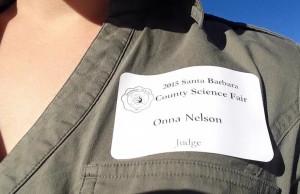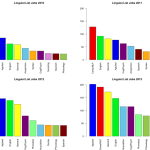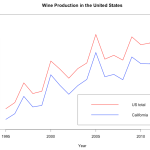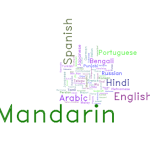T oday I volunteered as a judge for the Junior Division of Social, Behavioral, and Cognitive Sciences at the local County Science Fair!!
oday I volunteered as a judge for the Junior Division of Social, Behavioral, and Cognitive Sciences at the local County Science Fair!!
Even though I had to get up an hour and a half earlier than I normally do, it was totally worth it! I learned that if you feed ants aspartame, they don’t build tunnels that are as deep as ants that are fed sugar. I learned that praising preteens based on their effort (“You worked hard!”) is better for their confidence and willingness to try a harder puzzle than if you praise their innate ability (“You’re smart!”) or remain neutral (“You completed the puzzle!”). I also learned that people pay much more attention to the number of stars an online review has than just about any other information, and that special needs children work better when listening to rap music than when listening to classical or no music.
I’ll definitely do this again next year!



